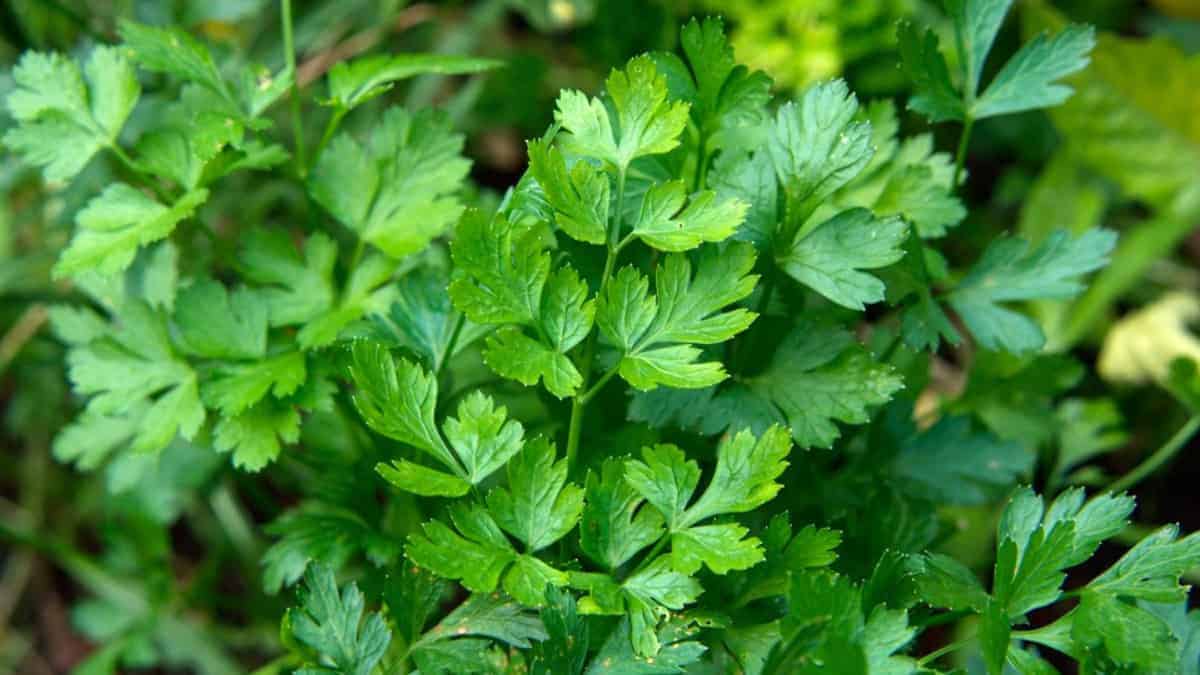Description
Parsely is an herb favored the world over for its versatility and color. This popular green leaf is well-known for its ability to amplify rather than overpower its fellow ingredients.
The two main varieties of parsley found in modern kitchens are flat-leaf and curly.
- Flat-leaf also is known as Italian parsley and is more intense in flavor.
- Curly parsley (or French parsley) has more peppery notes and is mostly used as a garnish.
What does parsley taste like?
Parsley is mildly bitter and herbaceous in flavor with elements of pepper and earthiness while the aroma is pungent of grass.
Where does parsley come from?
Native to the central Mediterranean parsley or petroselinum crispum derives its name from the Greek ‘rock celery’ as a member of the celery family. Parsley has since spread worldwide and although difficult to germinate is the most-consumed herb on the planet.
Parsley Uses
Parsley leaves and stalks are both edible, applied best to savory dishes. Leaves should be fresh or added at the end of cooking or as their flavor is lost at high temperatures. Their dark green vibrancy is easily bruised so use a sharp knife and cut fresh to maintain color and prevent browning.
In comparison, the stalks can be added to stocks and soups to amplify flavors. Parsley is an essential component of ‘fine herbes’ within classic French cuisine and bouquet garni, a herb bundle infused into soup, stock and stews which is then removed before serving.
Parsely seasoning is popularly used as a garnish to bring color and a subtle herbaceous flavor the leaf is versatile in its use for potatoes, rice, meats, fish, eggs, soups, salads, dressings, sauces, stuffings, and marinades.
Parsley Substitutes
- Chervil: similar flavor profile and often used in the same application although chervil has a subtle aniseed note which is not found in parsley.
- Celery: if using parsley as a garnish then celery leaves work well as subtle in flavor and very alike in appearance.
- Lovage: known as sea parsley, lovage replicates the appearance and flavor of parsley although it is far more complex in taste.
Parsley Compliments and Pairings
Parsley suits many savory dishes but pairs best with other popular Mediterranean ingredients including garlic, lemon, olive oil, cream, egg, meat, fish, root vegetables, pulses, nuts, mushrooms, mint, and dill.
Parsley Expiration and Storage
- Fresh: wrap in a damp kitchen cloth and store in the fridge or trim stalks and place in a glass with water, keep for up to two weeks.
- Dried: much duller in flavor but able to withstand heat, so applicable for cooked recipes rather than for presentation.
- Frozen: freeze parsley at its peak and use when needed for soups, sauces, or bouquet garni.
Fun Facts About Parsley
- Greek legend told that when Archemorus, the son of Death, was killed by serpents parsley grew from the spot his blood was spilt.
- The herb was regarded as holy and became associated with death.
- The phrase “in need of parsley” referred to someone who was close to death.
- The slow germination of parsley led to the old saying that the seed had to go to hell and back nine times before it would grow, again linking the herb with death.
- Parsley is the most-consumed fresh herb worldwide.
Popular Parsley Recipes
- Persillade
- Gremolata
- Chimichurri
- Salsa verde
- Tabbouleh
- Kuku sabzi
- Garlic and parsley butter
- Boiled ham with parsley sauce

